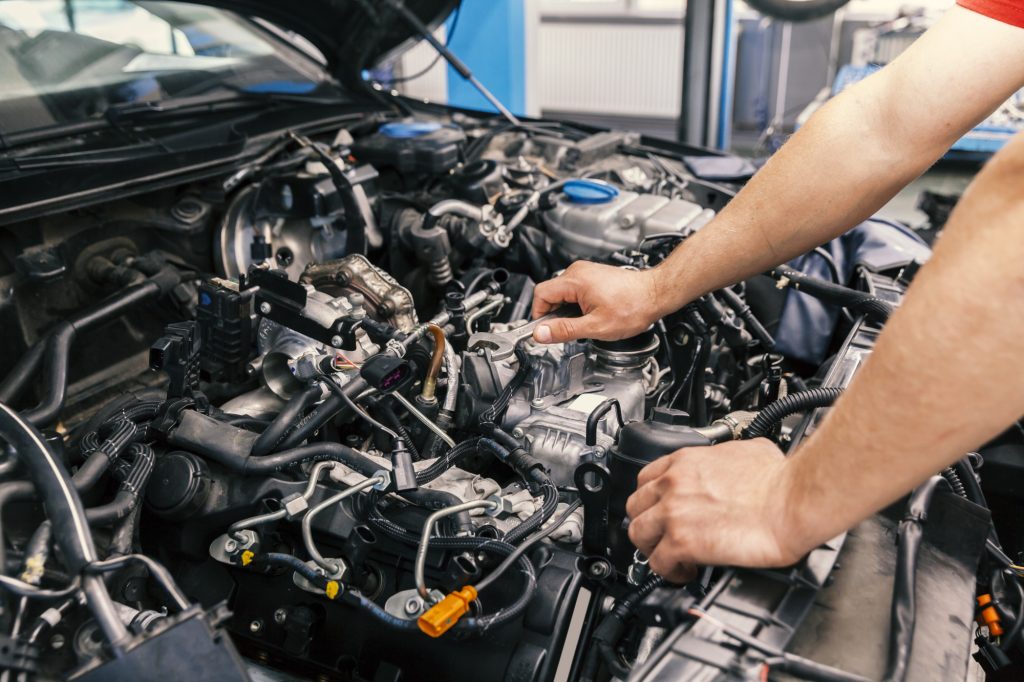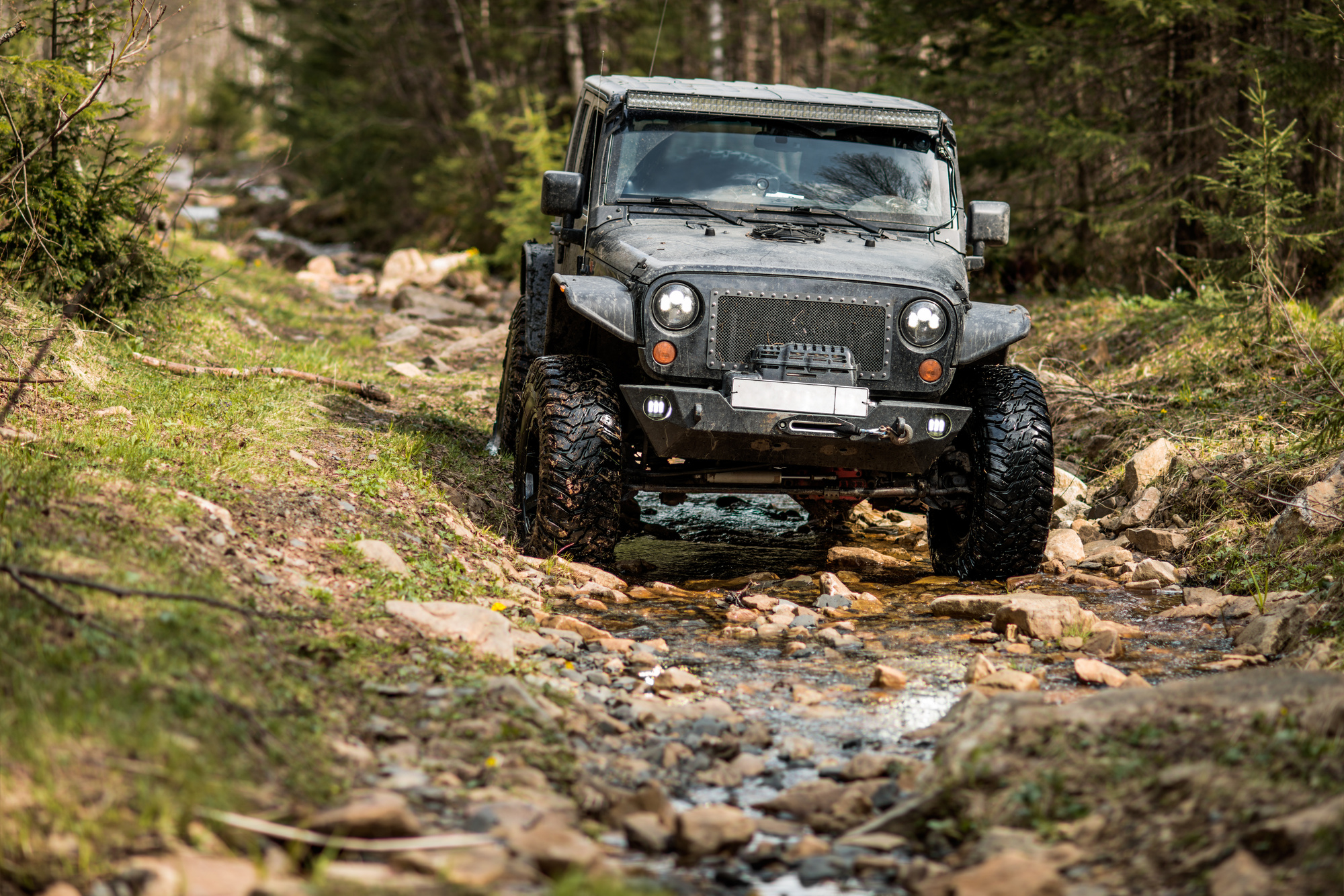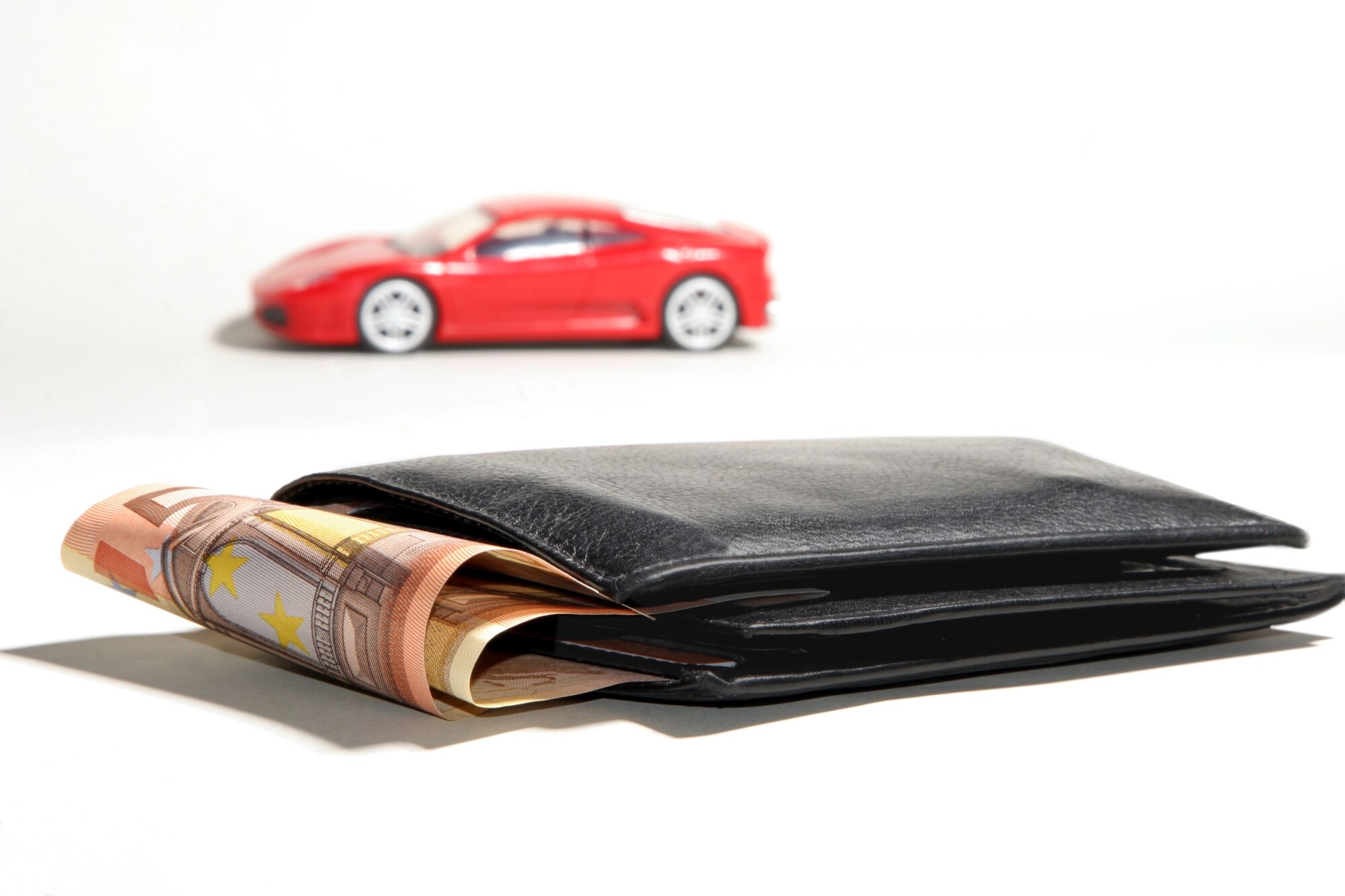
Have you ever wanted to take the car that you have and truly customize it to the way you drive? Are you a gear head who loves working on cars?
Modifying your car can be a blast, but sometimes it can be a little overwhelming, especially with the plethora of aftermarket options available these days. The same is true for the differential you have on your car.
If you’re a car nut, you probably have at least a cursory knowledge of what a differential is. But, did you know there are quite a few differential types you can choose from? Keep reading for your complete guide on the types of differentials you have access to!
Differential Types: A Comprehensive Guide
Before diving into the different types of differentials, it’s important to know the basics of what one is. At its core, a differential is a device that divides the engine into 2 parts.
This allows each wheel to spin at a different speed based on the distance it’s covering. For instance, if the left wheel spins at a lower RPM while turning than it does while going straight, the right wheel will spin more to make up the difference. Now that you know what a differential is, let’s talk about the different types.
1. Open Differential
This is the most basic type of differential on the market. It allows for individual wheel speed and slip, but doesn’t offer much more than that.
This kind of differential is fine for driving during normal weather conditions, but if the road is slick or slippery, it’s performance drops. The problem is that it will continue to “work” normally despite the conditions. That means that even if the wheel can’t find any traction, it will continue spinning without going anywhere.
Open differentials are found on the majority of vehicles today. This means the cost that goes into repairing an open differential is much less than a more specialized differential.
2. Limited-Slip Differential
A limited-slip differential is somewhat similar to an open differential. If road conditions are good, it allows your wheels to spin at different speeds. However, there is a major difference between the two.
If a tire struggles to gain traction, instead of it slipping as it would with an open differential, a limited-slip differential will prevent the additional torque from being added to the slipping tire. The torque will then be redirected to the tire that has the most traction.
This allows your car to drive much more efficiently. It also allows you to turn harder and faster than you would be able to with an open differential. This is one of the main reasons limited-slip is used in race cars.
3. Torsen Differential
The Torsen differential is a little more complicated, but allows you to gain the effects of a limited-slip differential while allowing your car to do less work. Torsen is short for Torque-Sensing and adds smart gears to your regular gear set up.
Instead of needing fluid resistance or clutches, these gears add the resistance needed to produce the torque transfer you would see from a limited-slip differential. These gears are constantly meshing with each other which allows for immediate torque transferring. This makes a Torsen differential incredibly responsive to the changing road conditions you might experience.
The beauty of the Torsen is that it combines all of the benefits from the first couple of differentials, without the negatives. And if you’re driving a nice, little Miata, this buyers guide is exactly what you need!
4. Torque-Vectoring Differential
This is by far the most advanced differential on the market. It is also the most complex differential available. The torque-vectoring differential uses electronically enhanced programming to obtain specific pieces of data such as the steering system or road surface, to initiate a controller and clutches at an exact moment.
The TVD gives drivers and developers the highest level of control over their vehicles. You can even program up to 100% of the torque to go into only one wheel if you wanted to. This control also allows you to induce yaw, which is used regularly in racing.
Now, the torque-vectoring differential is primarily used in high-end luxury vehicles such as BMW, Audi, and Lexus. The reason for this is because even though it gives you the most amount of control, it also comes at a price.
The TVD is expensive, complex and heavy. That means it’s not an easy fix if something goes wrong. Along with this, it doesn’t offer the greatest gas mileage which makes it a less appetizing option for people who are on a budget.
So What’s It Going to Be?
As you can see, there are quite a few differential types. They all do different things, so it’s important to consider what you are trying to accomplish with your vehicle.
If you are only using your car to drive around town and go to work every day, you don’t need to spend the money on a torque-vectoring differential. On the other hand, if you are planning to get out on a track and do some racing, even if it’s amateur, you’re going to want more than an open differential.
Now that you have all the information you need, it’s time to get back to the garage and start working on that next project. For more tips and tricks, head to the Automotive Resources section of our website today. We have everything you need for that next upgrade!




